
On October 5, 2021, retired former NOAA scientist Syukuro “Suki” Manabe was awarded the Nobel Prize in physics for his contributions to climate science.

A new video by the National Integrated Drought Information System (NIDIS) shows how drought is changing daily life in the southwestern United States.

Wildfires emit short-lived, nitrogen-containing gases that can contribute to air-quality issues. Modeling these gases has been difficult because their chemical reactions are rapid and spatially dispersed. A new field campaign studies the reactions to improve models.
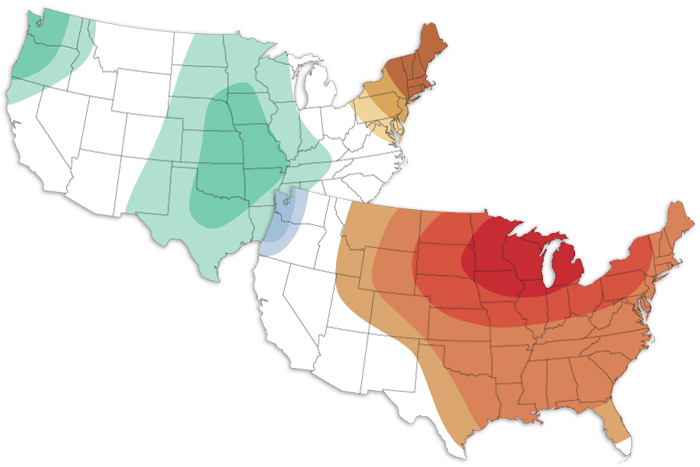
The October 2021 climate outlook favors a warmer-than-average month for the central and eastern United States and wetter-than-average conditions for the Plains.
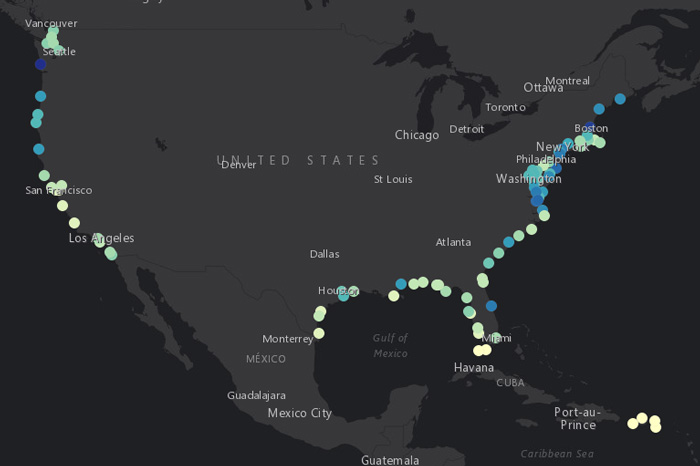
Costly and inconvenient, high-tide flooding of coastal communities is on the rise. Thanks to higher water levels from El Niño and sea level rise, the number of high-tide flood days in 2018 is projected to be 60% higher this year than would have been common around 2000. Find out what's predicted for your city in this interactive map.
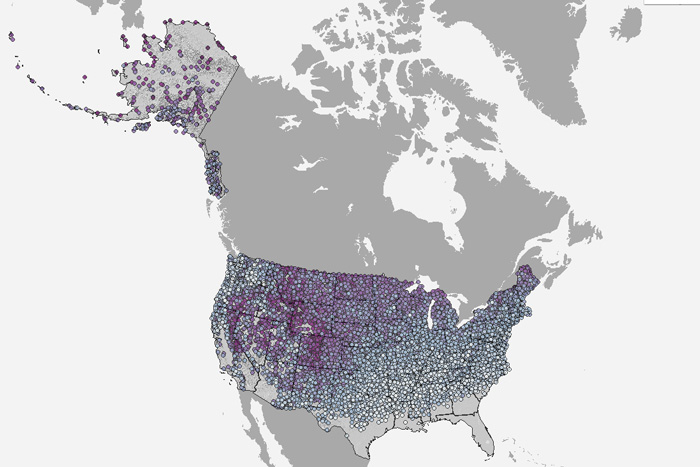
Our interactive map shows the latest date of measurable snow recorded at thousands of U.S. weather stations, based on data through April 11, 2018.
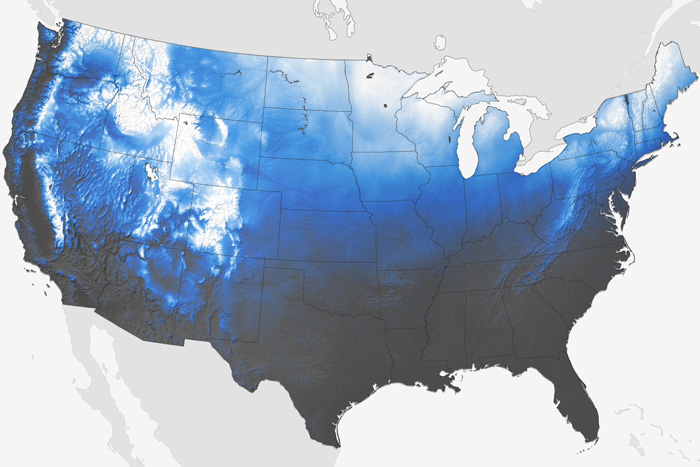
For those of you dreaming of a white Christmas, NOAA has a map showing the historic probability of your dream coming true.
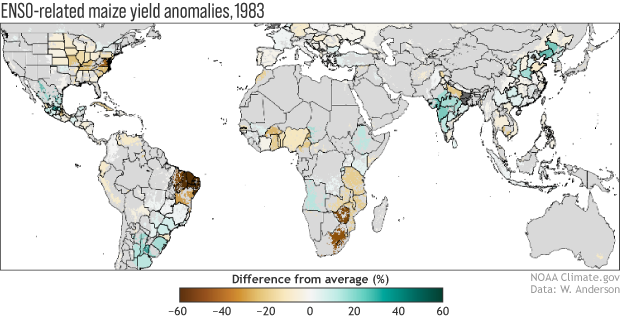
Our guest blogger explains how our food system is being controlled by ENSO. Also, why La Nina events are particularly troublesome.

NOAA has signed an agreement with the State Department to support an island-led initiative to cope with climate change impacts.
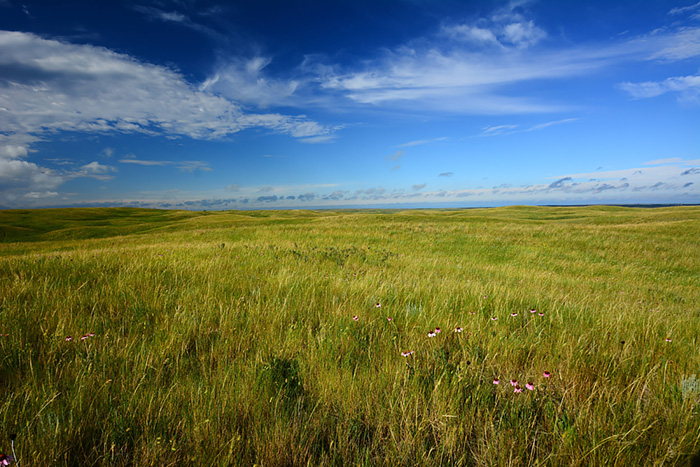
The U.S. Climate Resilience Toolkit has launched a new Northern Great Plains Region section. It offers information on the impacts of climate change across the Northern Great Plains, and how people can build resilience.